Improving a Rental: Great Ideas for the Short and Long Haul
Living in a rental apartment is a temporary thing for some, and if you tend to move every few years, you may not see the value in doing much more than hanging curtains and putting up pictures. But renting has its advantages, and many people do end up living in the same apartment for 10 years, 20 years or even more — which begs the question, isn't it worth it then to put a little more into the home? And since the housing crash, owning a home also seems less of a sure, permanent thing than it once did. A long-term lease on an apartment you love, with an understanding landlord, may allow you to customize your space in more ways than you thought possible.
Here are more- and less-permanent options to consider for your rental — plus tips on talking to your landlord about upgrades and DIY projects.
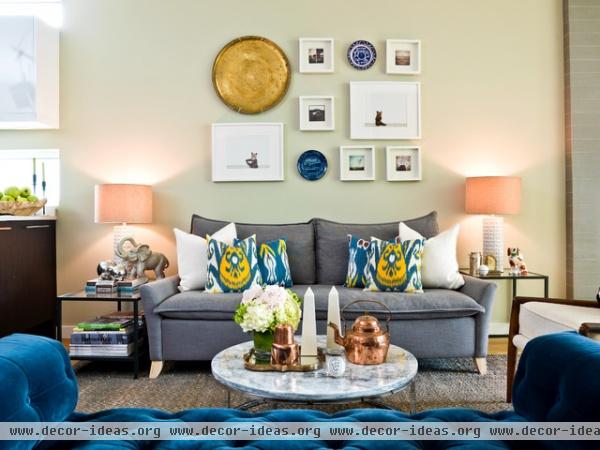
Tips for starting the conversation:
Be courteous when asking your landlord for a favor, and respect the answer even if it's not what you wanted to hear. Don't say judgmental things about the unit. Use words like "worn out" or "damaged," not "ugly."
Be an excellent tenant. Pay your rent on time every month, sign a long lease and take care of the property.Familiarize yourself with the law as best you can. Most areas require landlords to replace or update flooring, paint, fixtures and more, according to a set timetable.
Research added value. Some changes will mean your landlord can ask for more rent or will make the apartment more appealing to renters in the future; other changes that are based on your personal preferences may not. It's important to know the difference before asking your landlord to approve or help finance your project.If you are asking for permission to do DIY work, show examples of apartment upgrades you have done in the past. Proof of good taste can go a long way!
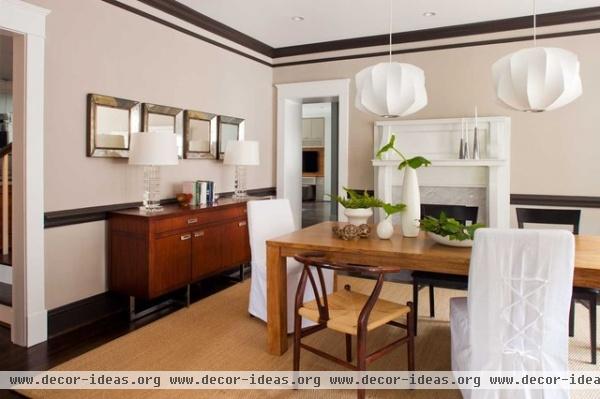
Lighting
Longer-term changes: Putting in overhead lights where none existed or installing new sconces can make a world of difference in how you experience your space. If you are a "forever renter" you may be able to a) convince your landlord to pay for an electrician to install new light fixtures and sconces, or b) decide it's worth it to spend your own money to hire an electrician.
Shorter-term changes: Get permission to swap out the existing light fixtures for your own, then swap them back when you leave. You can also avoid calling an electrician by putting up plug-in sconces with cord covers.
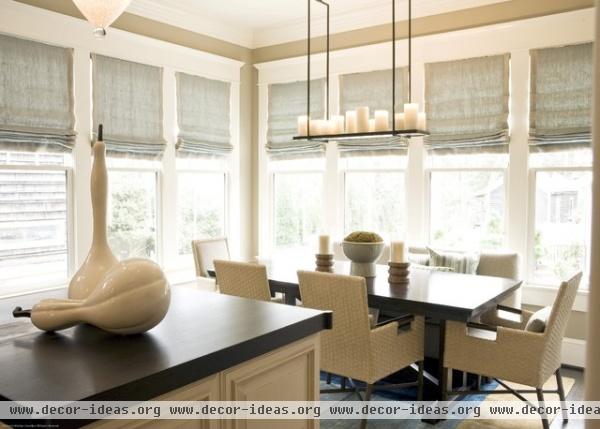
Windows
Longer-term changes: You only have to imagine a set of bent and ill-fitting miniblinds to know that crummy window treatments can really drag a room down. New window treatments (in a neutral hue) are an expense a landlord might be willing to spring for. But even if not, covering the cost yourself could be worth it if you intend to stay in the same apartment for the foreseeable future. Try Roman shades or simple roller blinds for a crisp, tailored look.
Shorter-term changes: If your landlord will not pay for new window treatments, and you don't want to foot the bill for something you can't take with you when you move, try using adjustable curtain rods and curtains hemmed with (removable) iron-on tape instead.
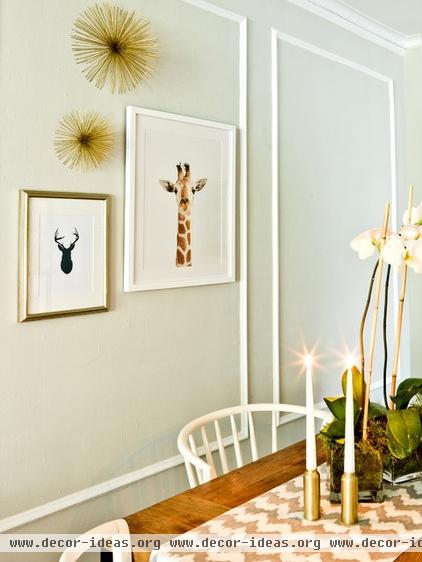
Walls
Longer-term changes: In my book paint is worth doing in a rental, whether or not your landlord will pay for it. Landlords are most likely to pay for painting if you want a fresh coat of white or whatever neutral hue is already on the walls. But you may also be able to get permission to choose your own colors or even put up wallpaper or decorative molding — especially if you are willing to do the work yourself and cover it up (if asked to) when you move out.
Shorter-term changes: Removable wallpaper could be an option, although some landlords may not allow it. Try hanging fabric on your walls as faux wallpaper, put lengths of wallpaper in giant frames or fill your walls with framed art.
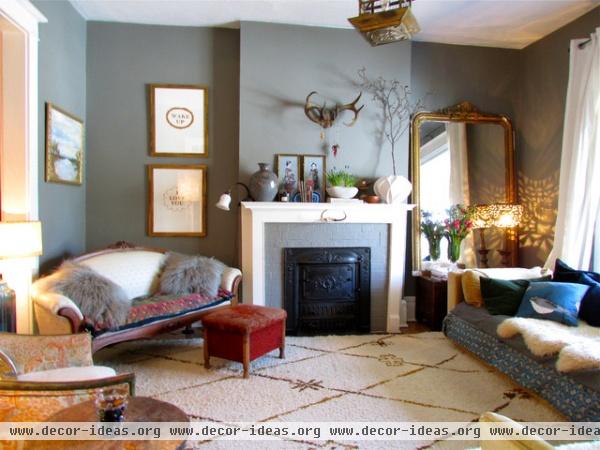
Flooring
Longer-term changes: If your flooring is wall-to-wall carpeting or linoleum, your landlord may be required to have it replaced after a certain number of years. If there are hardwood floors, you may be able to have them refinished.
Shorter-term changes: Big area rugs and carpet tiles are a renter's best friends.
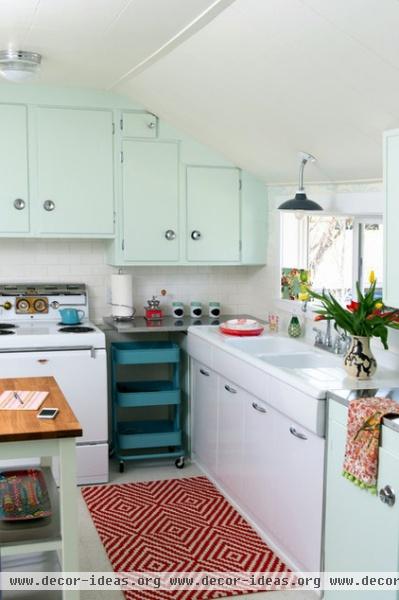
Kitchen
Longer-term changes: In a worn rental kitchen, painting the cabinets and walls can do wonders — and will add value to the unit, so try your best to convince the landlord to, at minimum, let you deduct materials costs from your rent. If you've been living in the same rental for years and plan to stay, but your landlord refuses to upgrade appliances, see if you can purchase your own nicer appliances and take them with you or sell them when you move.
Shorter-term changes: Swap out cabinet hardware (you can swap back before moving) and cover bad linoleum with a rug.
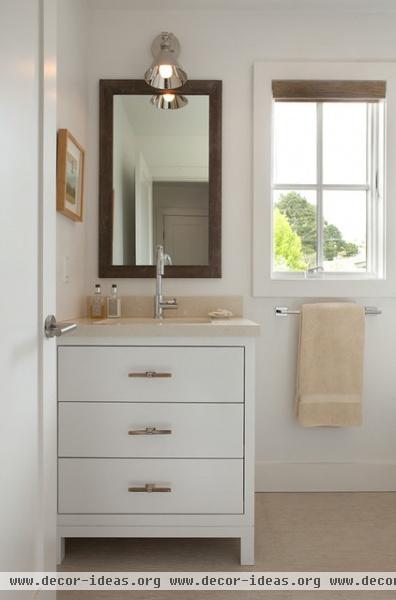
Bath
Longer-term changes: Consider removing an outdated and grimy vanity and adding a simple wall mirror. Present your idea by pricing a few decent mirrors to share with your landlord and show pictures (like the one here) of how it might look installed.
Shorter-term changes: Upgrade bathroom hardware and fit the window with a pretty shade. Also see if you can repaint.
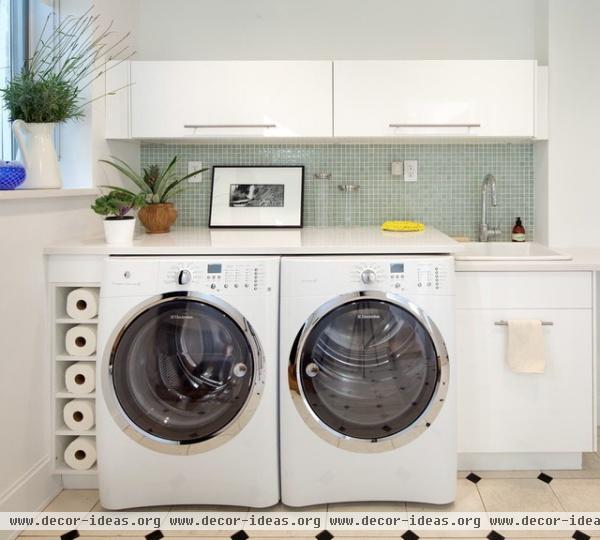
Laundry
Longer-term changes: If the hookups are there, but there is no washer or dryer (and your landlord won't buy them), consider buying your own. Doing laundry without leaving the house is one of those little things that makes life so much easier — plus, you can always take the appliances with you when you leave, or sell them.
If there are no hookups, and you have your heart set on a washer and dryer, consider offering to split the costs with your landlord to have the hookups put in. There really isn't an in-between option here, so if you have your heart set on laundry, do what you can to have it installed, or search for a rental that already has it.
Shorter-term changes: If your place has an outdated washer and dryer, you can clean out the hoses to help them work more efficiently, and perhaps even use appliance paint to touch up worn surfaces.
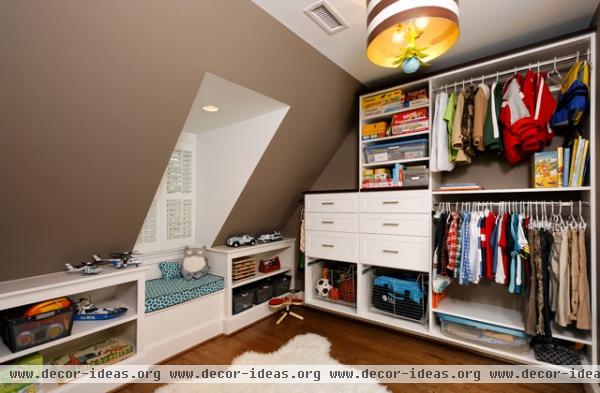
Closets and Built-ins
Longer-term changes: Adequate storage space is a major selling point, so it could be in your landlord's interest to heed your call for extra closet space or built-in storage features. Or you may be able to work out a compromise in which you pitch in your labor to install a closet organizing system that will stay with the apartment.
Shorter-term changes: Look for modular closet systems that can be fitted to your space and removed when the time comes to leave.
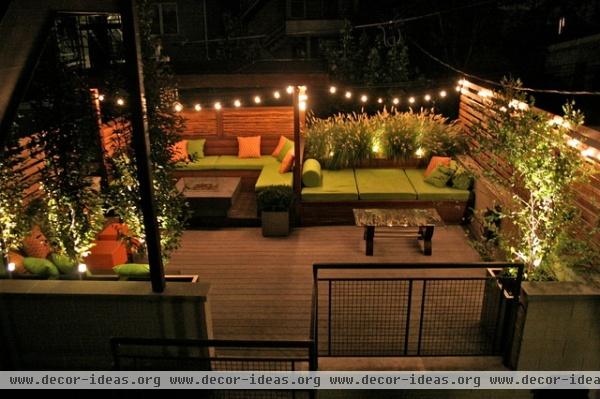
Outdoor Space
Longer-term changes: Love your place and want to stay forever? It may be worth it to offer your own labor, and even some of your own money, to fix up the outdoor areas. If you end up living in your apartment for 10-plus years, wouldn't it be better with an awesome roof terrace garden instead of bland concrete and a few sad potted plants? Fixing up the outdoor space can definitely add value to a home, so run your plans by your landlord — and try to get reimbursed for materials and labor.
Shorter-term changes: Think bigger — bigger plant pots, big planters with big trellises and sturdy furniture. You can still move all of it with you, but it will look more permanent and finished than dinky chairs and little pots.
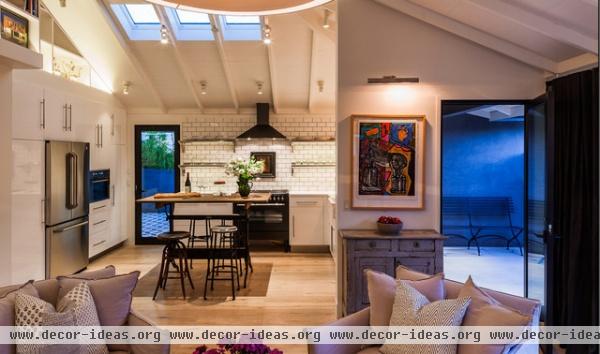
Bigger Remodeling Projects
Wish you could remove a wall, add French doors or build a deck? Of course it's a long shot, but don't assume it's out of the question. You never know; it could be something your landlord has been considering doing anyway, and hearing you bring it up could be what convinces him or her to go for it. If you are in your place for the long haul and have signed a long-term lease, you may even consider offering to put in a bit of your own money to help cover costs.
Tell us: How do you feel about putting your own money or labor into fixing up a rental? Have you made alterations to past apartments that you feel were worth it?












